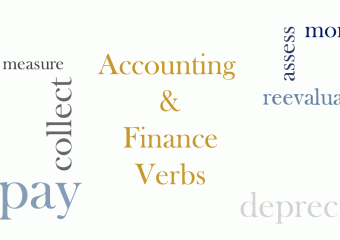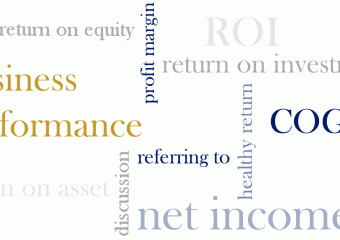Depreciation and Amortization of Assets
Depreciation and amortization are related to the value of tangible and intangible assets. While tangible assets exist physically and therefore are prone to wearing out due to use, intangible assets may lose their value. This post explains about what depreciation and amortization mean and how they are done.
Depreciation
Depreciation is the process of gradual deduction of tangible assets in value. These assets include buildings, lands, equipment, office furniture, and more. The reason is that assets eventually wear out or become obsolete. In addition, keeping their value constant in the books means paying a regular annual tax per each item.
Depreciation rate states that an asset needs to be depreciated in the books –financial records- within a specific number of years. It allows businesses to deduct costs over time. This may be important to small businesses due to the effect asset purchases may have on their profit figure at the end the fiscal year. For a new business trying to grow with small revenues, the tax payable on these assets may mean an early ending.
According to the law, depending on the type of assets, the rate of depreciation differs from one asset to another. These laws may differ from one country to another. Depreciation is stated in percentage or number of years. For instance, the depreciate rate of a vehicles such as cars in Iran is %25, but for buildings it is %8. On the other hand, asphalt roads have to be depreciated in 10 years. In the first case, car and building values are deduced by %25 and %8 of their value annually, while asphalt roads have to be depreciated in 10 years.
Amortization
Amortization refers to the deduction of intangible assets in value over time. Intangible assets such as patents, copyrights, and goodwill are amortized. Usually amortization is done using a method called the straight-line. Depending on the number of years considered as the asset’s useful life, the value of the asset is divided equally and deducted annually until it reached the end of the term.
A company adds goodwill to its assets following an acquisition of another company. Goodwill must to be annually evaluated for impairment . If the value of the acquired company is less that the amount paid for it, it will come under goodwill in the books. If the evaluation indicates that the fair value of the company is less than the goodwill, it will have to be impaired. The process is known as writing off goodwill.
Amortizing both tangible and intangible assets
Amortization also refers to another process that includes both tangible and intangible assets. It means tying the cost of an asset to the revenue it generates. For example, an asset such as a plant equipment that has the ability to generate revenue through production is amortized differently from office furniture. However, the use of these methods strictly depends on the laws of the country in which the business works. In some countries, businesses are restricted to the rates defined by the law.





